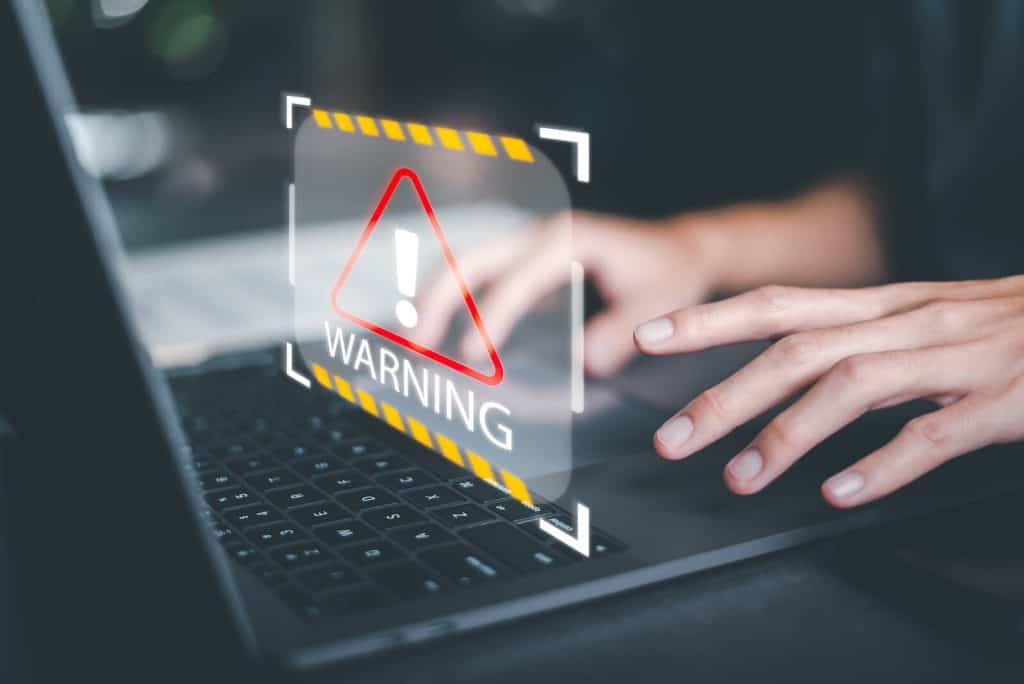Many IT professionals run regular sweeps to test security, but consistent and comprehensive cybersecurity audits promise a safer and more reliable operation for any business. Cybercriminals constantly adapt their tactics to obtain sensitive information or access internal operations, so there must be a consistent and evolving level of vigilance.
Table of Contents
ToggleTo combat crime, cybersecurity audits find the challenges, risks, vulnerabilities, and threats so the firm can defend itself in the future. With a cybersecurity audit, businesses stay ahead of cybercrime and promise safety to their clients and employees.
Start a Cybersecurity Audit Sooner Rather Than Later
There is no better time than the present to conduct a cybersecurity audit. The COVID-19 pandemic pushed the working world into a new normal with more employees working from home. However, the shift from internal operations to individuals’ homes also allowed many cyber threats, attacks, and data breaches.
Even the best plans go out of date, too. A cybersecurity audit may find outdated software, hardware, and policies that leave a gap in security defenses. Some key areas of inspection are:
- Data and encryption
- Procedures and policies
- Antivirus configurations
- Multi-factor authentication
- Physical security
- Disk encryption
- Account management
By digging deeper into the efficiency and effectiveness of these factors, organizations and their internal IT teams find themselves uniquely situated to defend against attacks.
The Complete Cybersecurity Audit Process
There are three main components of the auditing process. Before diving in, internal auditing teams should prepare and determine the scope of the audit. The team will then conduct an investigation and determine threats and vulnerabilities. Finally, IT professionals will collaborate with business executives and staff to create actionable steps moving forward. Each of these steps will directly address a particular gap in security.
1. Determine the Full Scope
First, the business and IT team must determine the elements they wish to address. Comprehensive cybersecurity audits usually investigate multiple areas of procedures and hardware, but having a list of critical zones will best help the team focus or prioritize their efforts.
Consider zeroing in on the infrastructure of hardware, software, and networks, so the bones of the operation are well-defended. Many businesses also explore the reliability of their data storage and employee training and how they impact any updated policies.
If the business is opting for specific compliance with a set of standards, review and compile all required elements. These standards may differ depending on the type of technology, as well. For example, third-party access risks must comply with NIST standards. Cultivating a culture of compliance in internal operations will help these standards stay present in future procedures and audits.
2. Analyze Threats
Once the team has begun its investigation and review, it compiles a list of threats that may compromise company safety. Some common threats are:
- Malware: This software can hinder an entire system all while lying undetected.
- Social engineering: Employees are targeted through malicious websites, texts, calls, and messages that install malware or lift passwords.
- BYOD (bring your own device): Employees bring their own technology that may not have proper security measures activated or installed.
- Unclear procedures with third-party data storage
- Improper installation of new software or servers
3. Review the Actionability of Next Steps
In this final step, IT professionals or the internal team of auditors collaborate on an actionable plan. These steps should be granular and sharp in their focus. There may be a variety of threats leaving gaps in security, but which ones are the most egregious or inviting to hackers?
Determining the priority of a threat stems from three key factors: probability, impact, and capability. How probable is it that a cybercriminal will attempt to exploit this vulnerability? If the defenses do fail, what could be the impact of the damage? Does this involve key company secrets or publicly accessible information?
Finally, discuss the capability of the current systems to ward off any attacks. If the probability and damage are high and capability are low, then that threat is in critical need of attention.
Ultimately, action items must address systems, policies, and people. Some common steps that address these growth areas are:
- Update rules on personal devices and how employees view sensitive information
- Installation of updated software
- Implementation of phishing alert systems
- Assign employee training on social engineering
- Outsource cloud-based services to mitigate DDoS (distributed denial of service) attacks
- Schedule consistent malware reviews
Companies could also utilize new machine learning technologies to consistently scan the network for breaches or potential threats. With these scans running in the background, every device, application, and employee is guarded with another watchful eye.
Remember to have patience. Some action items may be quick fixes like software updates, while others may involve employee training or migration of data to a new location.
Cybersecurity Audit – Safety for the Future
Dependable cybersecurity is vital for everyday processes and preparing for growth in the future. Strong security also shows stakeholders and customers that the business is reliable and on the pulse of technology. With the comprehensive and consistent investigation of a cybersecurity audit, a business and its IT professionals establish a reputable and steadfast operation far into the future.





